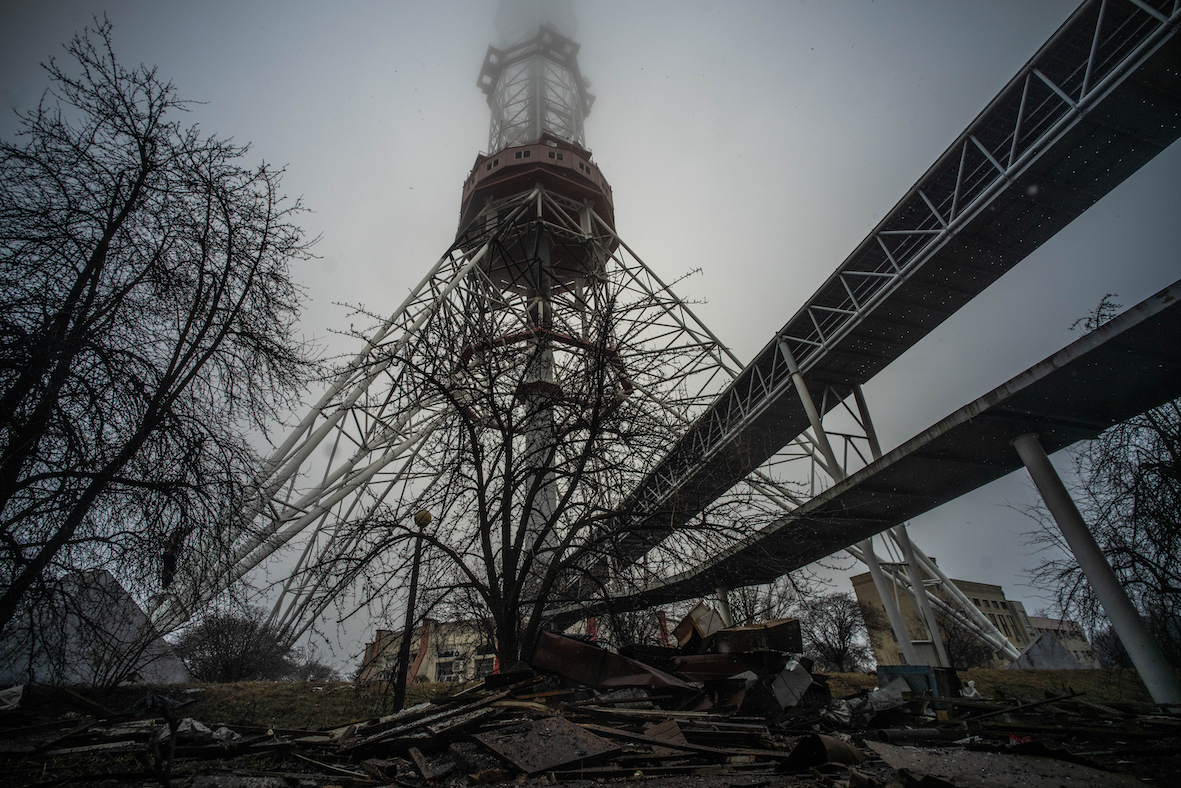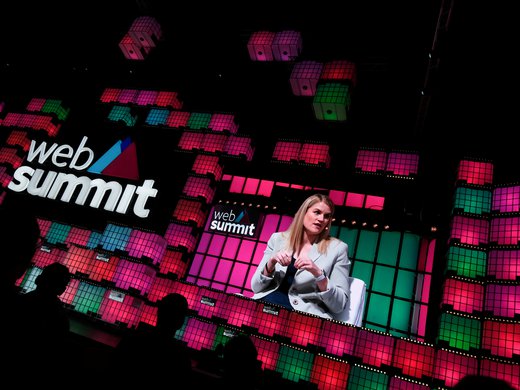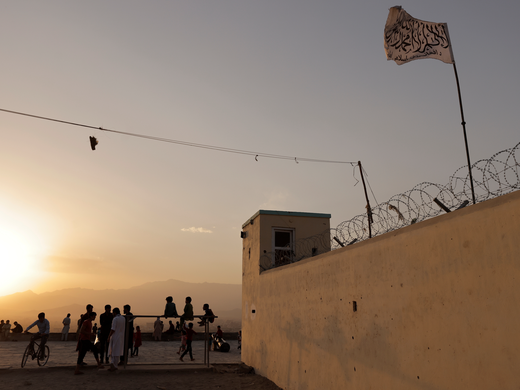Technology is not neutral. The Russian invasion of Ukraine has made that abundantly clear.
After years of equivocating on the sidelines as their platforms were used to propagate Russian propaganda and cultivate audiences for its media mouthpieces, the social media companies finally took steps to crimp the firehose of disinformation. But why did it take the invasion of a democratic European country to finally see meaningful action from billion-dollar businesses like Meta/Facebook, Google, TikTok, Twitter and Microsoft?
Many laud the decision by social media platforms to deny Russian state media and officials the use of their platforms as punishment for Russia’s illegal war with its democratic neighbour, yet they could and should do more. We’ve known for years that information warfare is an explicit part of Russia’s military doctrine, yet its state media channels amassed millions of followers on YouTube, Facebook and other social media channels.
Information warfare is a central element of Russia’s offensive, which is why it launched a deadly rocket attack on a Kyiv television tower and cyberattacks against media and government websites in Ukraine. Moscow has censored local independent news outlets and limited access to Facebook and Twitter, and is trying to coerce global tech firms into complying with its sovereign internet law, which would require them to localize data and staff in the country. The national censor sent a demand to Wikipedia to remove a page about the invasion and tried to warn off Facebook from fact-checking, even as it has clamped down on independent media inside Russia.
Dear friends and supporters.
— KyivPost (@KyivPost) February 24, 2022
Our main Kyiv Post site has been under constant cyber attack today from the moment Russia launched its military offensive against Ukraine. We are and will be, doing our best to keep you informed in this difficult time.
Slava Ukrayini! Heroyam Slava!
The domestic censorship is one reason why the request by Ukraine to shut down Russia’s country-level domain name system is dangerous and misplaced. It would risk further isolating independent media and civil society in the country and lead to further fragmentation of the internet, as I explained here.
It is not the free and open internet that is responsible for enabling Putin’s information operations but the tech platform companies themselves that have allowed his propaganda to flourish even as he has censored free expression in his own country.
Yet Russian state media and government accounts are still allowed to have accounts on Facebook, Twitter and YouTube (although the companies restricted access to them in Europe and Ukraine), meaning they continue to battle for global public opinion. Given that these same companies deplatformed President Trump following the January 6 Capitol Hill insurrection, it’s ironic that RT, Sputnik and other Russian state accounts remain on these platforms despite the country’s invasion of a democratic country.
And the fact that Meta, Google and Twitter demonetized these accounts earlier in the week begs the question of why they were allowed to earn millions of dollars in the first place. And RT and Sputnik are only the most visible part of Moscow’s vast propaganda ecosystem, as Max Glicker and colleagues at Miburo have charted.
Miburo’s 2022 Russian Propaganda & Disinformation Ecosystem chart, with new revelations and a structural update is live on Substack. Read here: https://t.co/dES3lUT96Y
— Miburo (@MiburoSolutions) February 15, 2022
Nor have the world’s most ubiquitous platforms used a powerful shared database created to disrupt terrorism — the Global Internet Forum to Counter Terrorism (GIFCT) — to remove content glorifying and promoting what Ukrainian leaders are calling Russia’s state-sponsored terrorism. The GIFCT is an industry-led body that coordinates removal of terrorist and violent extremist content across the internet. It oversees a shared database of digital fingerprints corresponding to visual content removed by a member company that can be used by other members to identify and remove the same content on their platforms. The database is only to be used to flag terrorist or violent extremist content, but the GIFCT could decide to include state-sponsored terrorism (especially if its affiliated government members pressured them to do so) or even disinformation.
The fact that these tech companies are once again winging it as they respond to a massive geopolitical crisis (think Afghanistan and the takeover by the Taliban last year), they must proactively and urgently consider how their policies allow authoritarian leaders in non-European countries to profit from the openness of these platforms.
Because, while some Western media coverage of the conflict in Ukraine has revealed the “ignorance, arrogance and racism” of the media, the fact that several of these billion-dollar platforms have exacerbated conflict around the world and repeatedly failed to stave the growing scourge of state-sponsored information operations is illustrative of the same bias and injustice. Meta’s Facebook, with 90 percent of its users outside of North America, has only devoted a fraction of its time to labelling and removing disinformation outside of the United States.
Why are leaders in Russia, Iran, China and Saudi Arabia (to name but a few of the worst offenders) allowed to use American social media platforms to propagandize when they block many of those same platforms in their own countries? It is way past time for these companies to ban world leaders who engage in information warfare and censorship and their state media mouthpieces from their platforms.
This article first appeared in Newsweek.



